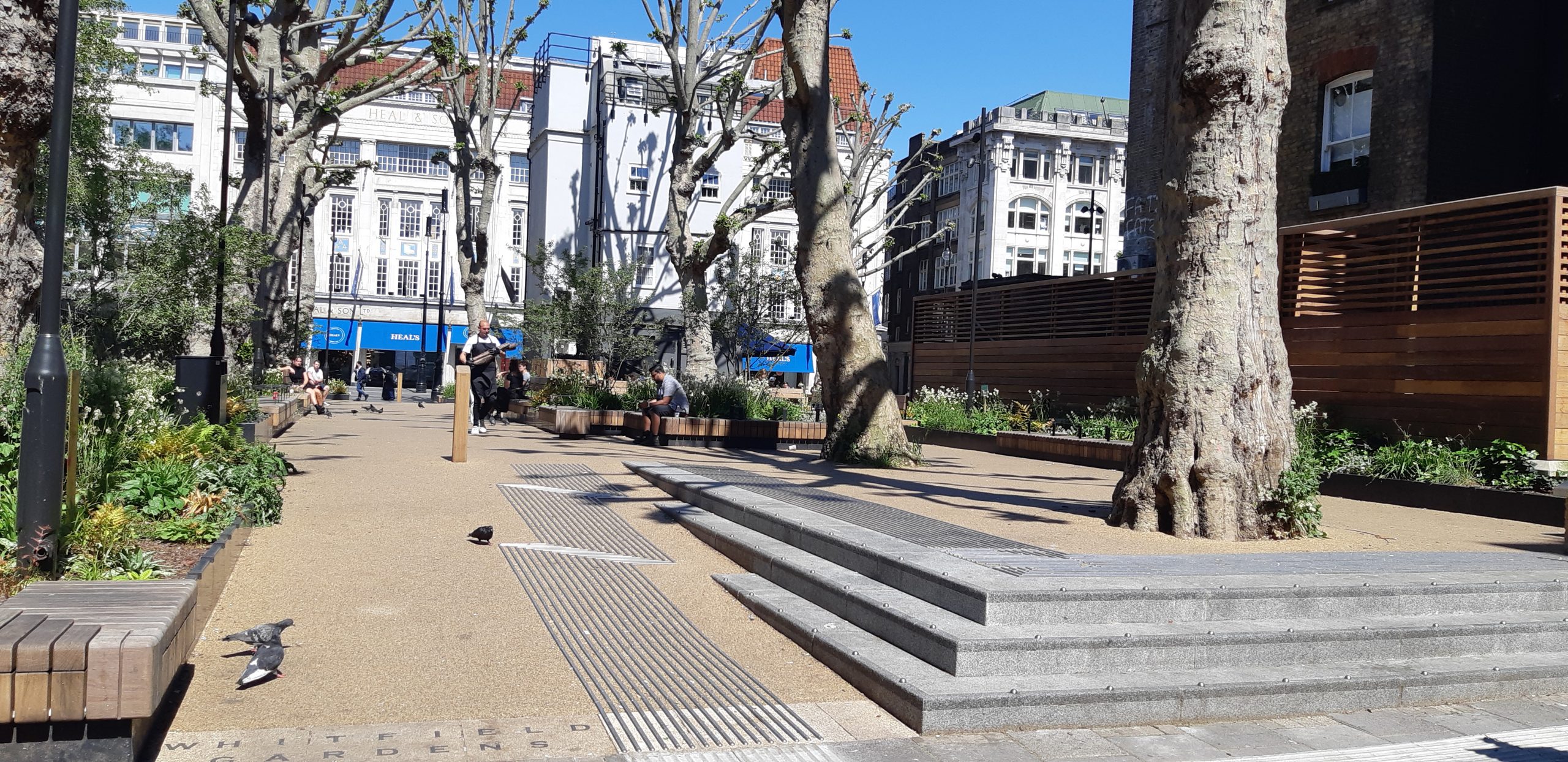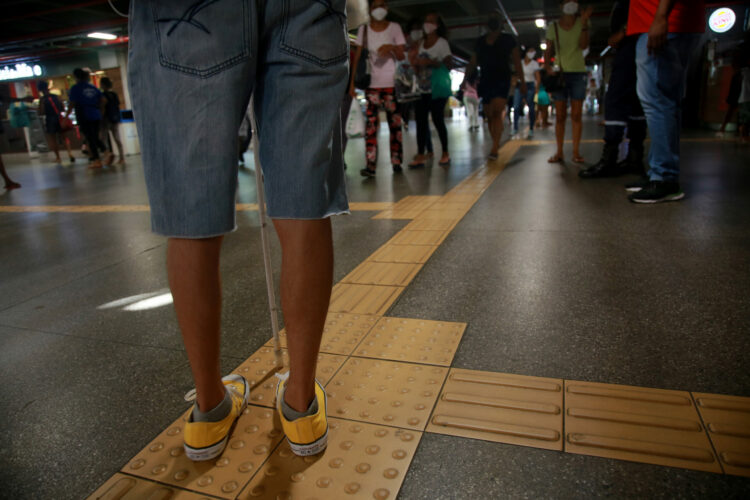The Use of Anti-Skate Architecture in Urban Design
Blog


Weaving anti-skate architecture into urban design
Throughout most towns and cities across the UK, you’ll find anti-skate architecture and other deterrents such as demarcation studs, skate stoppers or cleverly designed obstacles. These measures aim to curb the damage caused by skateboarders, inline skaters and BMXers. There are plenty of ways anti-skate architecture is accomplished and while the impact of these deterrents are felt by the individuals who engage in skating activities, some are so subtle that they’re rarely noticed by the wider public.
During the COVID-19 pandemic, the number of skateboarders in the UK reportedly surged from 53,500 to 103,800 among the adult population, as estimated by Statista in 2022. Similarly, the US has experienced a significant rise in the number of skateboarders from 6.61 million to 8.87 million. While this resurgence led to an increase in activity in skateparks, in many cases it means busier skating presence on the streets.
In this guide we’ll cover:
Why do skaters take to the streets?
- What is the problem with skateboarding in public spaces?
- How to prevent street skating
- Why do skaters take to the streets?
Skaters are often drawn to the streets as it offers a more dynamic and unpredictable environment than traditional skateparks. While sanctioned areas like skateparks provide a safe and controlled environment for skaters, they can feel limiting for those seeking greater risks.
In contrast, city streets and urban architecture offer a wider range of challenges, obstacles and opportunities for creative expression, which can be thrilling and rewarding for skaters. The raw nature of the streets adds an element of danger and excitement that cannot be replicated in a sanitised skatepark. This alluring combination of risk and edgy atmosphere motivates skaters to take to the streets to hone their skills and share them with the world through social media.
What is the problem with skateboarding in public spaces?
Skateboarding in public spaces poses a range of issues that cannot be ignored. One of the most significant problems associated with street skating is the damage to urban infrastructure, including surfaces and architectural features. The repetitive grinding and scraping of skateboard wheels on public surfaces like stone edging and stainless steel rails can cause chips, deformation, dents and scrapes. The cost of repairing this damage can run into thousands of pounds, making it a financial burden for local authorities and property owners.
In 2005, the city of Liverpool estimated that it was spending more than £1000 per month on repairing damage caused by skateboarders. With the recent surge in the popularity of skateboarding, it can be assumed that this figure has increased significantly. To prevent damage, measures such as anti-skate architecture and other deterrents are often implemented.
How to prevent street skating
A common argument by skaters is that there aren’t enough skateparks. This claim is wildly incorrect as there are over 1700 skateparks in the UK with numbers steadily increasing. Despite this, some skaters still choose to skate on the streets.
This is where anti-skate architecture and anti-skate devices come in.
Anti skate architecture
To prevent skateboarders from using public spaces for stunts, there are multiple options available that fall under the umbrella of anti-skate architecture. Hostile architecture is a simple solution, achieved by placing street furniture with uneven backs or planters close to walls, cutting off the straight line to the edge skateboarders may wish to grind. Other options include anti-skate studs, strips, and deterrents designed specifically for concrete surfaces.
Anti skate studs and fittings
Anti-skate studs are a cost-effective solution to prevent skateboarders from grinding along the edges of walls, resulting in savings on costly repairs to damaged surfaces. With a variety of designs available, these fittings can be incorporated into the design of a space and, through adequate spacing, won’t prevent people from sitting on low walls.

Anti skate deterrents for handrails
Handrail studs are a low-profile option that sit on the surface of handrails, preventing skateboarders and BMX riders from using them for stunts. These studs don’t interfere with stair users and can be removed by someone with the correct key, if necessary.
Anti skate devices for walls and elevated surfaces
If walls need to remain untouched, tactile strips can be used in sequence in the run-up to a ledge or wall, preventing skateboarders from getting onto any elevated surface. However, these strips do not prevent BMX bikes from riding over them due to their rubber tires. In situations where BMX bikes are present, anti-skate studs may be a more effective option.
Anti-skate architecture and skate deterrents are not put in place because of a general distaste for skating. They’re designed to protect the architecture of our shared public spaces and dissuade skaters from pursuing their hobby at the expense of the wider community.
Balancing the needs of the community
It’s important to strike a balance that allows for the safe and responsible practice of skateboarding while also protecting public property and respecting the needs of the community. This may involve providing designated skateparks and areas where skaters can engage in their sport without causing damage to public property or disturbing others.
Alternatively, public education campaigns and awareness-raising efforts could help to promote respect for public property and encourage skaters to use designated areas.
Ultimately, finding a solution that allows for the safe and responsible practice of skateboarding is key.




